What is adjuvant chemotherapy for breast cancer?
What drugs are used in adjuvant chemotherapy?
The drugs most commonly used to treat breast cancer include melphalan, cyclophosphamide, methotrexate, 5-fluorouracil, Adriamycin, vincristine, tomaxifen, and prednisone. You may receive two ofthese drugs or as many as five in combination.Why is this adjuvant treatment given?
In several research studies, patients who had one or more positive lymph nodes and received chemotherapy after breast cancer surgery, lived longer and had a longer time without disease than those patients with positive nodes who were treated with surgery alone. These studies are continuing, researching many different combinations of drugs. The selection of a specific drug or a combination of drugs is something that will be discussed by your doctor.Is radiation used in treating breast cancer?
Yes. Radiation is often advised for lumpectomy or segmental mastectomy as well as when the lymph nodes under the armpit are involved or when the tumor is located in the center ofthe breast. In some cases of Stage III breast cancer, radiation is used before surgery. There are various sequences of radiation, surgery, and chemotherapy used in breast cancer treatment.What additional treatment is given if there is cancer in the lymph nodes that is, if the lymph nodes are positive?
If cancer is detected in the lymph nodes under the arm, there is a strong possibility that other microscopic cancer cells may be circulating somewhere else in the body. For this reason, chemotherapy may be used in addition to the surgery and radiation treatment. This is known as adjuvant chemotherapy.How and when will the chemotherapy be given?
You may receive drugs by mouth or by injection on a daily, weekly, or monthly schedule. It may last from 6 months to more than a year. If you are getting radiation treatment, chemotherapy may be delayed until the radiation treatment is complete. Or, you may receive one course of chemotherapy first, followed by radiation therapy. Some current studies are experimenting with giving adjuvant chemotherapy before surgery is performed.When is the drug tamoxifen used?
Tamoxifen (Nolvadex) is a drug that changes a woman's estrogen level. It may be used, alone or in combination with other drugs, for post menopausal women, if estrogen receptor tests show that the breast cancer relies on estrogen for growth.How is the estrogen receptor test done?
Preparations for the test must be done before the tumor is removed, because it must be tested immediately after its removal from the breast. The doctor sends a sample of about 1 gram of the tumor to the laboratory to be measured for chemical marking called an estrogen receptor. It is best done before chemotherapy treatments are started, since chemotherapy may alter the test's accuracy.What is a progesterone receptor test?
It is a similar test, measuring the progesterone receptors.Why are these tests important?
They are a means of predicting which women will respond to hormone treatment. Hormone treatment, the use of hormone drugs, or removal of one of the hormone secreting organs (such as the ovaries, adrenal glands, or pituitary gland) are among the treatments available to the doctor. Scientists believe that changing the normal hormonal environment may affect cancers, such as those in the breast, which may depend on the presence of hormones for their growth. Women who are estrogen receptor positive have a 50 to 60 percent chance of responding to hormonal therapy, and a patient who is both estrogen and progesterone receptor positive has nearly an 80 percent chance of responding.Adjuvant chemotherapy for breast cancer: who needs it?
Are there guidelines for follow up treatment for breast cancer?
In September 1985, a panel of the National Institutes of Health, after three days of reviewing scientific evidence on drug treatment for breast cancer, issued a set of recommendations. The panel concluded that adjuvant chemotherapy and hormonal therapy are effective treatments for breast cancer patients, but that the best treatment for all stages for all patients cannot yet be defined.The following recommendations were issued by the consensus conference:
• For premenopausal women whose nearby lymph nodes are involved, regardless of hormone receptor status, treatment with established combination chemotherapy should become standard care.
• For premenopausal women whose lymph nodes are not involved, follow up treatment is generally not recommended. For certain high risk patients in this group, follow up chemotherapy should be considered.
• For postmenopausal women whose lymph nodes are involved and whose tumors test positively for hormone receptors, tamoxifen is the treatment of choice.
• For postmenopausal women whose lymph nodes are involved and whose tumors test negative for hormone receptors, chemotherapy may be considered but cannot be recommended as standard practice.
• For postmenopausal women whose lymph nodes are not involved, there is no indication for routine follow-up treatment, regardless of the status of their hormone receptors. For certain high risk patients in this group, follow up treatment may be considered. The panel urged that all patients and their physicians participate in controlled clinical trials.

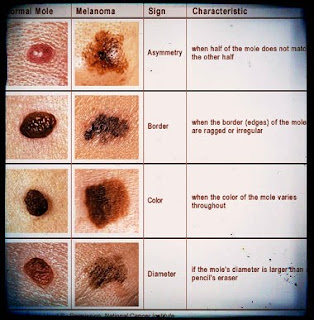
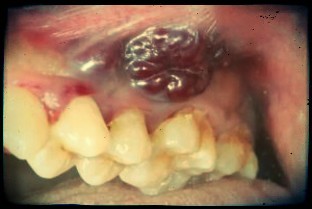
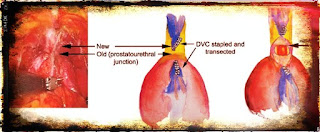
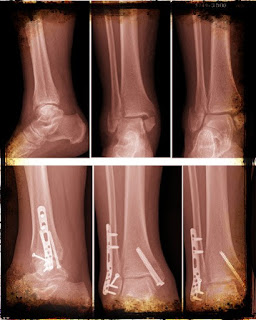
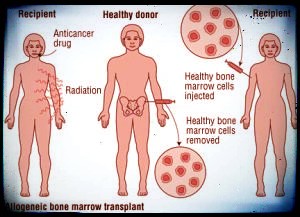
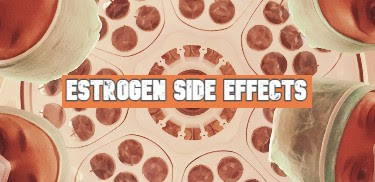

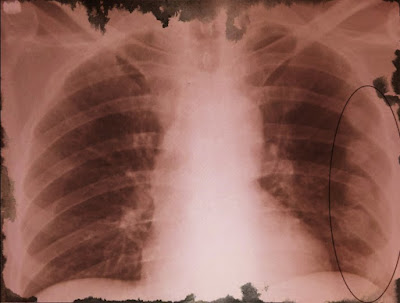


Comments
Post a Comment